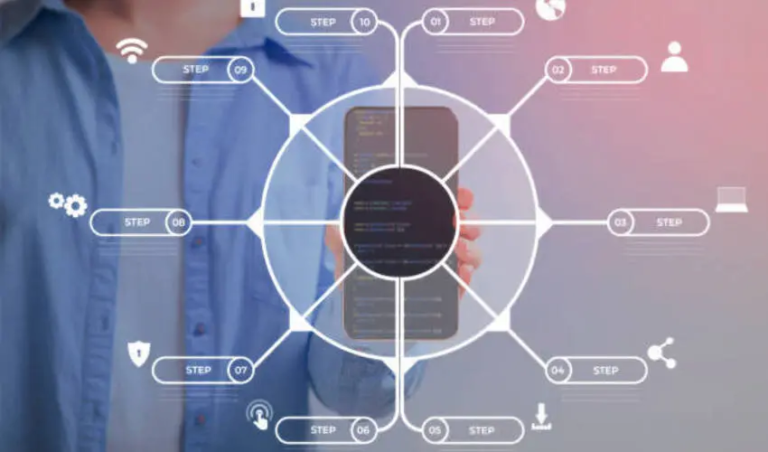Data security is now more important than ever. Companies must protect customer data from cyber threats. That’s where SOC 2 Penetration Testing becomes helpful. It checks if your systems are secure and ready for audits. SOC 2 audits are done by external firms. They look at how your business handles and protects data. Penetration testing shows if hackers can break into your systems. It helps you fix weak spots before the audit starts. In this article, we will explain why SOC 2 Penetration Testing is vital for passing compliance audits in 2025.
What Is SOC 2?
SOC 2 stands for “System and Organization Controls 2.” It is a type of audit. This audit checks if your company keeps data safe. SOC 2 is based on five principles:
- Security
- Availability
- Processing Integrity
- Confidentiality
- Privacy
Your business needs to show it meets these standards. SOC 2 is common for SaaS, cloud, and tech companies.
What Is SOC 2 Penetration Testing?
SOC 2 Penetration Testing is a security test. It simulates cyberattacks on your systems. The goal is to find vulnerabilities.
These tests target:
- Web applications
- APIs
- Servers and databases
- Cloud infrastructure
- Internal systems
Testers use manual and automated tools. They try to break into your system like real hackers.
Why Is SOC 2 Penetration Testing Important?
Penetration testing supports the Security principle of SOC 2. It shows that your system can handle threats.
Here’s why it’s important:
- Reveals weak points before the audit
- Helps fix problems fast
- Shows auditors that your company takes security seriously
- Builds customer trust
- Reduces the risk of data breaches
Auditors don’t always require a pentest. But having one makes your case stronger.
When Should You Perform SOC 2 Penetration Testing?
You should perform penetration testing before your SOC 2 audit. This gives you time to fix issues.
Here are the best times to run a test:
- Before starting the SOC 2 readiness phase
- Before your first SOC 2 Type I audit
- Regularly during SOC 2 Type II audit periods
- After major code or infrastructure changes
- After security incidents
Ongoing testing is also recommended every year or after each major update.
How SOC 2 Penetration Testing Helps in Audits
Here’s how penetration testing supports SOC 2 compliance:
1. Shows Active Risk Management
Penetration tests prove your company finds and fixes risks. This supports the SOC 2 security criteria.
2. Validates Security Controls
Tests show your firewalls, access rules, and data encryption work correctly.
3. Improves Readiness
Testing before audits means fewer surprises. You’re ready when the auditor arrives.
4. Supports Evidence Collection
Pentest reports are strong proof during the SOC 2 audit. They show real results.
5. Increases Audit Confidence
Auditors see that your company is serious about cybersecurity. This boosts your audit success rate.
What’s in a SOC 2 Penetration Test Report?
A good penetration test report includes:
- Executive summary
- List of all tested assets
- Discovered vulnerabilities
- Risk scores (low, medium, high, critical)
- Screenshots or proof of exploits
- Fix suggestions
- Timeline for remediation
This report is helpful for both your team and the auditors.
What SOC 2 Auditors Look For
SOC 2 auditors want to see that:
- You have security controls in place
- You test those controls regularly
- You handle issues quickly
- You maintain logs and evidence
- You learn from past incidents
Penetration testing fits into all of these points.
Who Should Perform the Testing?
Only hire certified penetration testers. Choose companies with SOC 2 experience.
Good providers will:
- Follow industry standards (like OWASP, NIST)
- Customize tests for SaaS or cloud apps
- Offer clear reports
- Help with remediation
- Maintain confidentiality
Some trusted pentest firms include:
- Astra Security
- BreachLock
- NetSPI
- Cobalt
- Secureworks
Automated vs Manual Testing
Both methods are important in SOC 2 Penetration Testing.
- Automated tools scan for common flaws fast.
- Manual testing finds deep and complex issues.
Manual tests are required to simulate real-world attacks. Auditors prefer this over automation alone.
SOC 2 Type I vs Type II
Type I Audit checks controls at a point in time. A pentest shows those controls work.
Type II Audit checks over a time period. Regular tests show your team handles risks well.
Both audit types benefit from penetration testing.
SOC 2 vs Other Frameworks
SOC 2 is not the only standard. But penetration testing supports other audits too:
- ISO 27001
- GDPR
- HIPAA
- PCI DSS
Testing makes all security audits easier.
Cost of SOC 2 Penetration Testing
Prices vary based on app size, test depth, and provider.
- Small apps: $3,000 – $7,000
- Medium apps: $7,000 – $15,000
- Large enterprise apps: $15,000+
Always ask for a detailed quote. Choose value, not just the lowest price.
Final Thoughts
SOC 2 Penetration Testing plays a big role in compliance audits. It helps you prepare, pass, and stay secure. It shows your company takes security seriously. It also builds trust with customers and partners. Start testing before your SOC 2 audit begins. Fix the flaws. Keep your data, customers, and business safe.






